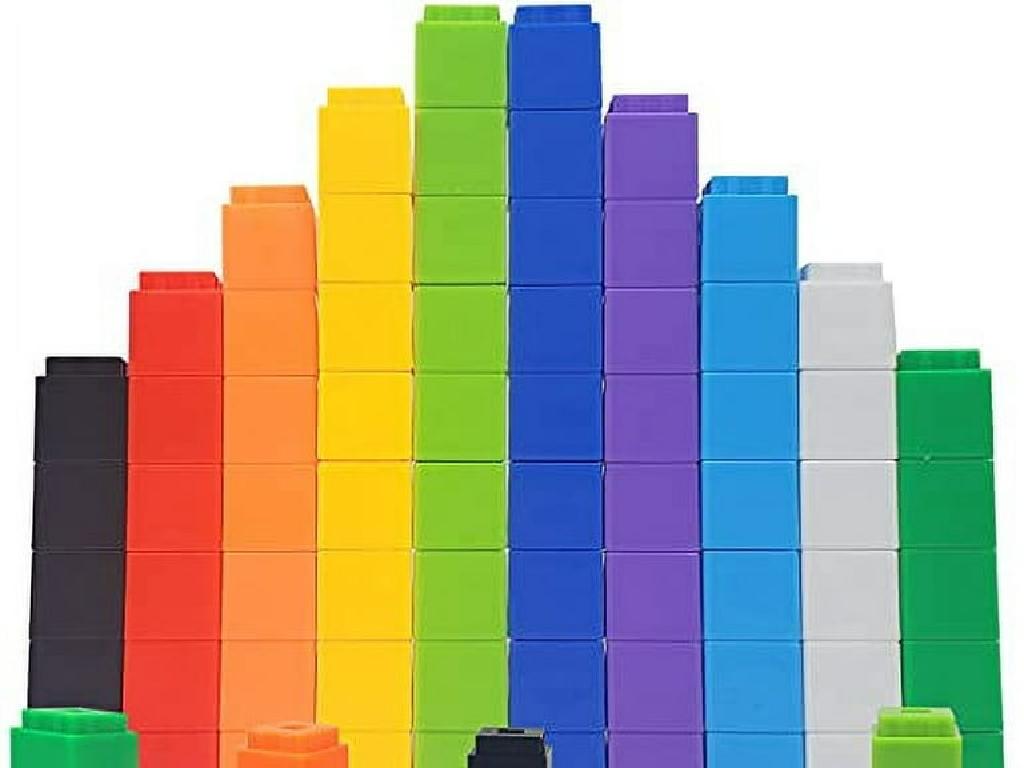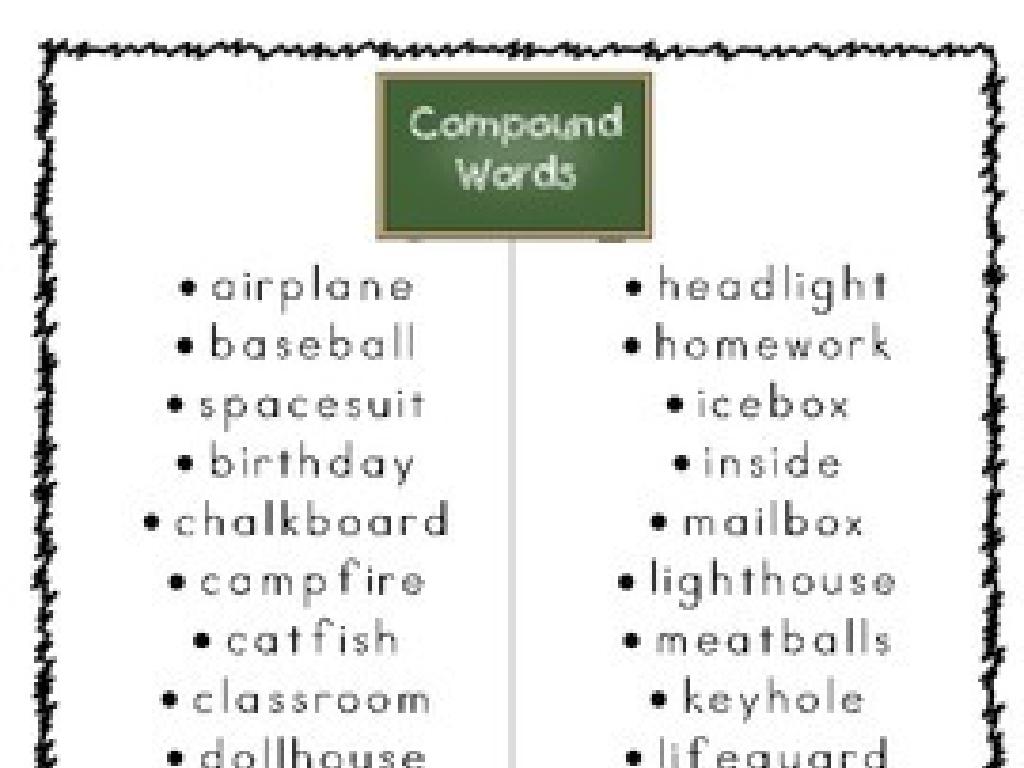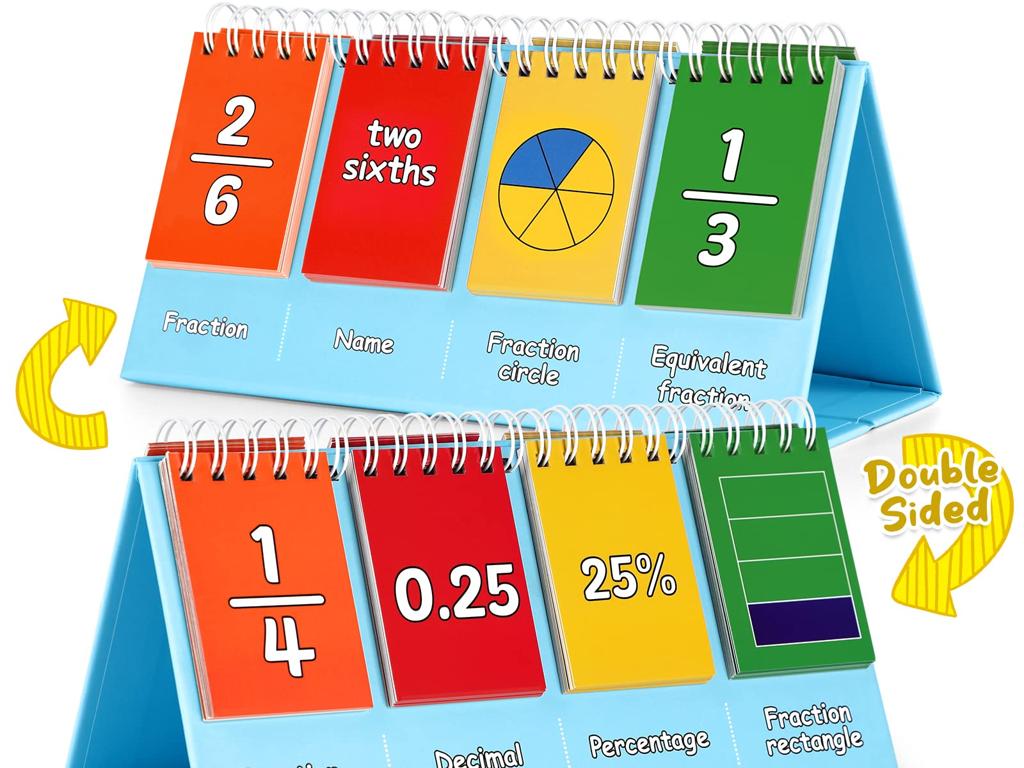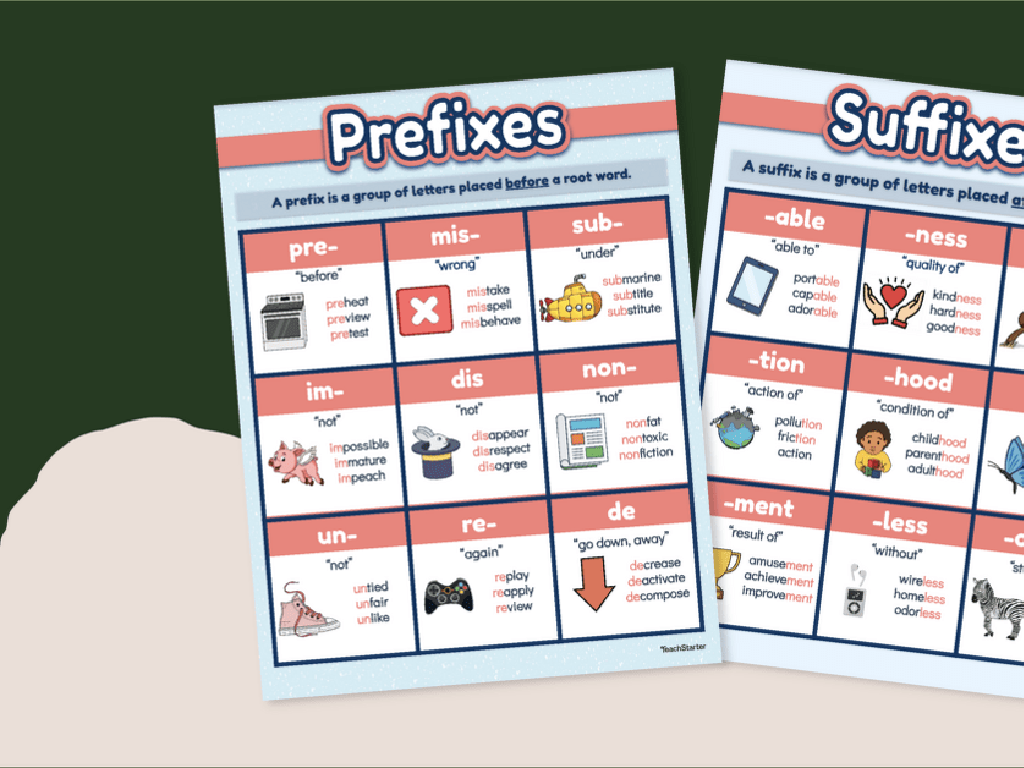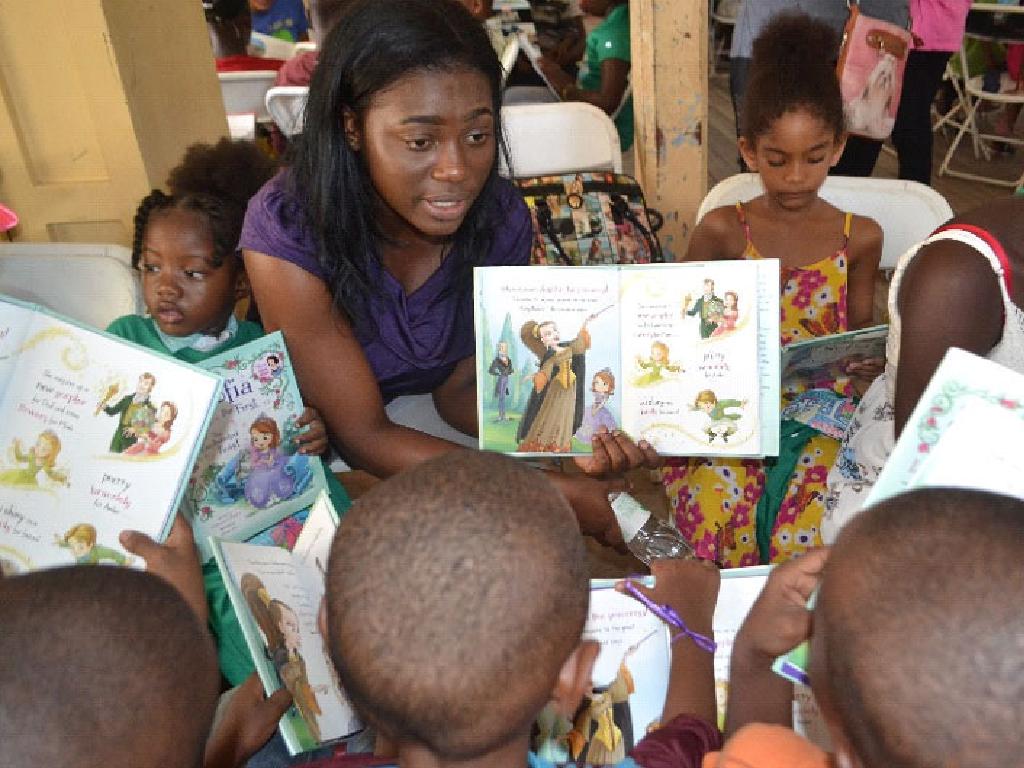Compose Two-Dimensional Shapes
Subject: Math
Grade: Second grade
Topic: Two-Dimensional Shapes
Please LOG IN to download the presentation. Access is available to registered users only.
View More Content
Welcome to Shapes: Creating New Ones!
– Learn to combine shapes
– Explore how shapes fit together
– Think like puzzle pieces joining
– Compose your own 2D shapes
– Use basic shapes to make a new one
– Discover shapes in everyday objects
– Find shapes around you, like windows or tables
|
This slide introduces the concept of composing two-dimensional shapes, which is a fundamental part of understanding geometry for second graders. Start by explaining that shapes can be put together to form new shapes, much like pieces of a puzzle. Encourage the students to think creatively about how different shapes like squares, triangles, and circles can combine to make more complex shapes. Provide simple cut-outs of basic shapes for the students to physically manipulate and compose new shapes. Ask them to look around the classroom and identify objects that are made up of two-dimensional shapes. This hands-on activity will help solidify their understanding of geometry and spatial reasoning.
Exploring Two-Dimensional Shapes
– 2D shapes: length and width
– Examples: Circle, Square, Rectangle, Triangle
– Circle: round shape, no corners. Square: 4 equal sides, 4 corners. Rectangle: 4 sides, opposite sides equal, 4 corners. Triangle: 3 sides, 3 corners.
– 2D shapes are flat
– Can be drawn on paper
|
This slide introduces second-grade students to the concept of two-dimensional shapes. Emphasize that 2D shapes have only length and width, which makes them flat, unlike 3D shapes that have depth as well. Use simple examples like a circle, square, rectangle, and triangle to illustrate the idea. Explain that these shapes can be easily drawn on paper because they do not have thickness. Encourage students to think of and draw their own examples of 2D shapes. You can also bring in cut-outs of these shapes for a hands-on experience. This will help them to recognize and name 2D shapes in their environment.
Building Blocks of Shapes
– Combine shapes to create new ones
– Think of shapes as puzzle pieces
– ‘Compose’ shapes like building blocks
– Putting together 2 or more shapes
– Example: Triangles form a diamond
– Two triangles can be put together to make a new shape, like a diamond!
|
This slide introduces the concept of composing two-dimensional shapes, which is similar to using building blocks to create new structures. Explain to the students that by combining different shapes, they can make a variety of new shapes. Use simple examples, such as putting two triangles together to form a diamond, to illustrate this concept. Encourage the students to experiment with combining shapes themselves to see what new shapes they can create. This activity will help them understand the basics of geometry and spatial reasoning. Provide hands-on materials like cut-out shapes or blocks for them to practice composing shapes during class.
Let’s Compose a Rectangle
– A rectangle from two squares
– Join two squares side by side to form a rectangle
– Squares are parts; rectangle is whole
– Activity: Draw and color two squares
– Use crayons or markers for each square
– Combine to see your rectangle
– Observe how two squares make up the rectangle
|
This slide introduces the concept of composing shapes, focusing on how a rectangle can be formed by combining two squares. Explain that each square is a part of the larger shape, the rectangle, which is the whole. For the activity, guide the students to draw two squares of the same size on a piece of paper and color them in. Then, instruct them to place the squares side by side to form a rectangle. This hands-on activity will help them understand how shapes can be combined to form new shapes. Encourage creativity in coloring and ensure they understand that the two squares, when put together, create a new shape. After the activity, discuss how the two ‘parts’ (squares) made one ‘whole’ (rectangle) and how this concept can be applied to other shapes.
Composing Shapes Together
– Create pictures with shapes
– Shapes in everyday objects
– Look around to find shapes like circles, squares, and triangles in things you use every day.
– Activity: Shapes in a house
– What shapes can you find in a house? Maybe rectangles for the door, triangles for the roof?
– Activity: Shapes in a car
– Think about the shapes that make up a car. Are the wheels circles?
|
This slide introduces the concept of composing two-dimensional shapes to create familiar objects. Encourage the students to use their imagination and think creatively about how different shapes come together to form a house or a car. For the house, they might use rectangles for the walls and a triangle for the roof. For the car, circles for the wheels and rectangles for the body. Provide construction paper shapes for the students to physically manipulate and create these objects. This hands-on activity will help solidify their understanding of geometric shapes and how they can be combined to form more complex figures.
Class Activity: Shape Artists!
– Create a picture with shapes
– Use 3 different shapes minimum
– Share and describe your artwork
– Did you use a triangle, square, or circle?
– Discuss the shapes with classmates
– What shapes did your friends use?
|
In this activity, students will apply their knowledge of two-dimensional shapes by creating their own artwork. Provide students with materials such as construction paper, scissors, and glue. Encourage creativity and ensure they use at least three different shapes in their composition. After completing their artwork, each student will present their picture to the class and describe the shapes they used. This will reinforce their understanding of shapes and their properties. Possible variations of the activity could include creating a collage of shapes found in magazines, assembling shapes to form animals or objects, or even using a drawing app on a tablet to compose their picture.

